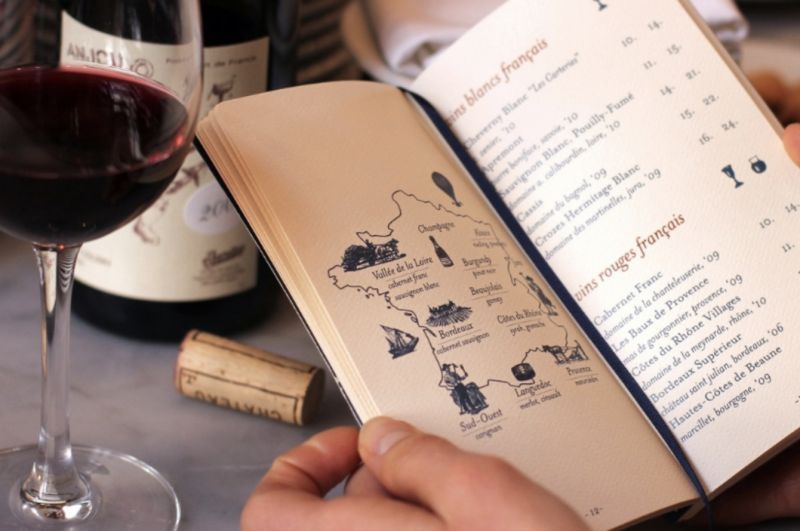Educating Sommeliers Worldwide.
By Beverage Trade Network

In today's competitive wine market, creating the perfect wine list extends beyond simply curating an array of quality wines. It necessitates an analytical approach, taking into account consumer preferences, market trends, and sales data. A well-crafted wine list can enhance a dining experience and significantly boost profitability for restaurants, bars, and wine shops.
Comprehending consumer preferences is the key to a successful wine list. A study by Wine Intelligence, a prominent wine market research firm, reveals that millennials, a considerable segment of wine consumers, are increasingly seeking out unique wine experiences.
"Millennials are less inclined towards traditional wine choices and are more willing to explore wines from lesser-known regions and varietals," states Lulie Halstead, CEO of Wine Intelligence. "To cater to this demographic, beverage directors and buyers need to diversify their wine offerings, incorporating a balance of both classic and novel wines."
Staying abreast of market trends is another critical aspect of creating an exceptional wine list. Data from the Wine Market Council indicates that organic and biodynamic wines have experienced significant growth in recent years. Consumers are becoming increasingly conscious of their choices' environmental impact, which is reflected in their wine selections.
John Gillespie, President of the Wine Market Council, advises, "Adding a variety of organic, biodynamic, and sustainable wines can give your wine list a competitive edge. This not only caters to the growing consumer demand for these wines but also displays a commitment to environmental responsibility."
Employing sales analytics can be a potent tool for optimizing your wine list. Analyzing sales data helps identify which wines are performing well and which aren't, enabling you to make well-informed decisions about what to retain, replace, and promote.
Sophie Jump, a consultant at Wine Business Solutions, suggests, "Regularly reviewing sales analytics is vital. It can yield valuable insights into consumer behavior and preferences, which can help refine your wine list and boost sales."
Considering these insights, here are some practical recommendations for crafting the ultimate wine list:
To conclude, crafting the ultimate wine list requires a data-driven strategy that takes into account consumer preferences, market trends, and sales analytics. By following these recommendations, beverage directors, buyers, distributors, and operators can devise a wine list that enhances the consumer experience and drives profitability.